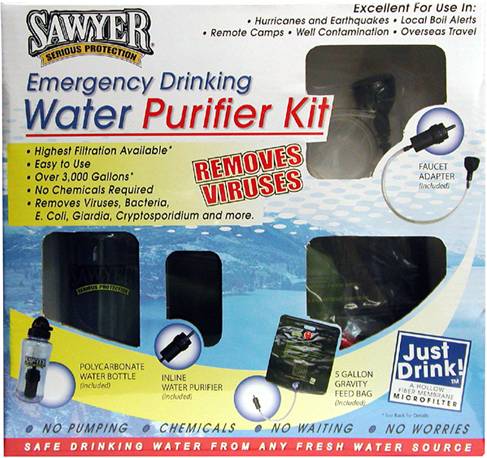The section through the Sierras is supposed to be rife with hungry bears. For this reason, there are lots of rules about food storage . In 2001, there were lots of rules too, but most thru-hikers ignored them and instead lived by their own rules which were: 1.Don’t cook where you camp 2.Don’t camp in established campsites, and 3. Sleep with your food. I didn’t see any bears in the Sierras that year, although I did see lots of bear poo.
Apparently the bears are more plentiful and aggressive this year and so there is a lot of persistent and emotional scuttlebutt flying around saying that you must absolutely have a bear canister. This is no small problem for people. Since many people carry 10 days, or more, worth of food through the Sierras because to resupply at Independence means hiking eighteen off trail miles.
Independence means hiking eighteen off trail miles.
The bear canisters are heavy. The lightest ones are made by Bearikade. They weigh 1lb 15oz(878 grams) for the 6 day model and 2lbs 5oz(1048 grams) for the 9 day model but 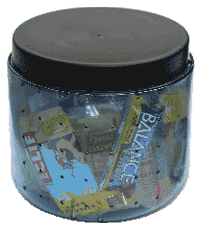 they cost 250.00 and 275.00 dollars. They do have a rental program, but that isn’t cheap either.
they cost 250.00 and 275.00 dollars. They do have a rental program, but that isn’t cheap either.
The other one is Bear Vault. Bearvaults weighs 2lbs 1 oz(935 grams)for the 4 day model and 2lbs 9 oz(1162 grams) for the 7 day model and cost between 60 and 80 dollars. They have discontinued their rental program but they will sell you a 7 day Bear Vault canister for 65 dollars and ship it free to Kennedy Meadows, Echo Lake or Tuolumne Meadows. Bear Vault purchase program for PCT hikers.
If I decide to go with the four day model, here is how I could do it without putting in a bunch of off trail miles and backtracking to resupply:
- Leave Kennedy Meadows with 2 days worth of food in bear canister (mile 702.8)
- Hike down Trail Pass(744.8) to Horseshoe Meadows campground and hitch hike out to resupply at Lone Pine. Get 6 days of food–4 days in the canister, 2 days in food bag.
- From Horseshoe Campground take Cotton wood pass(749.6) back up to the PCT–this way there is no backtracking.
- The first night, camp either at Wallace creek(770.4), (774.3), or Tyndall Creek(775) and use the bear boxes there, to store food in.
- The next night camp at Rae Lakes(794.8) and use the bear box there. (Actually, by the end of this day, I would only have four days of food left so I could camp anywhere)
- Hike the next 4 days using my bear canister.
- Resupply Vermilion Valley Resort(877.2)–get 1.5 days of food
- Resupply Reds Meadow (906.6)or Mammoth Lakes.– get 1.5 days of food
- Resupply Tuolumne Meadows (941.6) get 3 days of food
- Resupply Sonora Pass(1018.3)Either at North Kennedy Meadows or Bridgeport. If I go to Bridgeport, I think I could send the food canister and ice ax home. Get 3.5 days worth of food.
- Mail bear canister home or back to rental place from Echo Lake(1094.5).
Update: I made it the whole 200 miles from Kennedy Meadows to Reds Meadow with a Bear Vault 350. I was able to pack 20,000 calories into it. I also met a guy carrying a map entitled, “Sierra Nevada Wilderness food storage requirements” using that map he was able to legally make it through the Sierras without carrying a bear canister.
Related Post: Figuring out how much food to bring on a hike
 I bought the
I bought the  I used to carry a sil-nylon poncho as a ground cloth, figuring that it would do double duty as rain gear and pack cover. It worked fine as a ground cloth except it was really slippery but as a poncho it would just blow around and was really hard to take on and off by myself.
I used to carry a sil-nylon poncho as a ground cloth, figuring that it would do double duty as rain gear and pack cover. It worked fine as a ground cloth except it was really slippery but as a poncho it would just blow around and was really hard to take on and off by myself.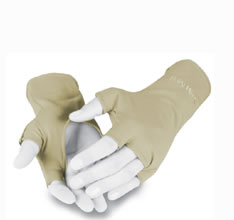
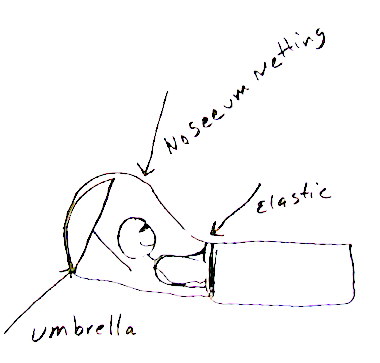 I have this idea: make a big bag out of
I have this idea: make a big bag out of 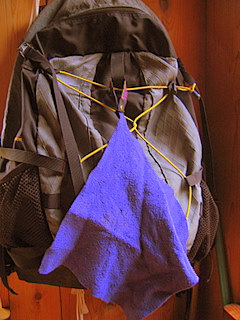 For dealing with water inside my tent due to condensation or from wet clothes and gear, I carry a
For dealing with water inside my tent due to condensation or from wet clothes and gear, I carry a 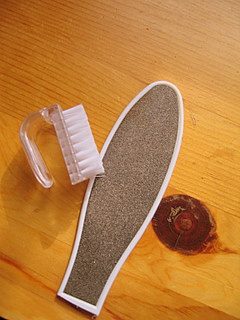 When I hiked the PCT(Pacific Crest Trail), a big callus developed on the ball of my foot. A lot of people had this happen and most were afraid to do anything about it because they thought, “If it hurts this much with the callus, it might hurt even worse without it.” When I finished my hike I read a lot about feet and went to a foot doctor. The doctor said that you shouldn’t let calluses develop there and that the callus it self can cause a lot of problems.
When I hiked the PCT(Pacific Crest Trail), a big callus developed on the ball of my foot. A lot of people had this happen and most were afraid to do anything about it because they thought, “If it hurts this much with the callus, it might hurt even worse without it.” When I finished my hike I read a lot about feet and went to a foot doctor. The doctor said that you shouldn’t let calluses develop there and that the callus it self can cause a lot of problems.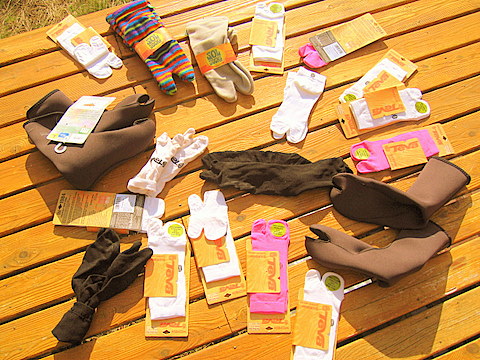




 There are some new maps out, of the PCT (Pacific Crest Trail). So far just Southern California and Northern Washington. I wanted to buy one. At the
There are some new maps out, of the PCT (Pacific Crest Trail). So far just Southern California and Northern Washington. I wanted to buy one. At the  site it cost 19.31, total.
site it cost 19.31, total. 